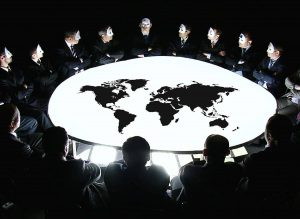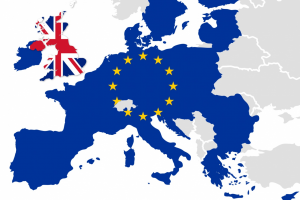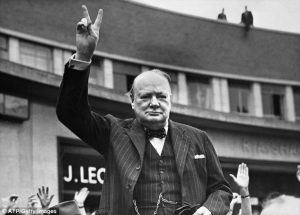The Imperial Political Elite Establishment’s Strategies for Protecting British Power
However, both the predominantly Hindu Congress party and the Muslim League rejected the propositions put forward by Sir Stafford Cripps. Congress had objected particularly to Cripps’ recommendation that provinces might opt out of the projected dominion, while the League rejected the proposal on the entirely opposite ground that the idea of a separate Muslim state was not contemplated. Gandhi, in particular, had contributed to the failure of Cripps’ mission with his demands that the British should leave at once, even if this meant leaving India to havoc and the Japanese. Gandhi’s demands obviously could not be complied with by the British, and when widespread disorder had followed the inauguration of a ‘Quit India’ campaign, by the middle of 1943, 36,000 were imprisoned, including Gandhi.
At the war ended it was clear that independence for India could not be delayed, but there was an obstacle. The unity that the British had bestowed on the country was unlikely to be permanent. Since 1940, Mohammed Ali Jinnah had been contemplating two-nation theory, and under his leadership the creation of a separate Pakistan had became the unrelenting policy of the Muslim League. The Hindus, however, were unwilling to contemplate partition. Gandhi and Nehru believed that the communal rift was essentially a domestic problem which Indians would resolve once they had obtained self-government. Gandhi predicted that when freedom had been gained “an interim solution will be found to be easy.”32 Nehru, an agnostic, whose ideal was a secular state, never envisaged a country divided along religious boundaries. In general, Congress believed that conflict was being stimulated by the British with the conscious intention of dividing and ruling.
In March 1946, however, the British Labour Government sent a Cabinet mission to India, consisting of Lord Pethick-Lawrence, the secretary of State for India, Sir Stafford Cripps, then President of the Board of Trade, and A.V. Alexander, the First Lord of the Admiralty, to try to get agreement between the Congress and the Muslim League, by suggesting the immediate establishment of an interim government as a preliminary to independence. This British scheme was rejected by the Muslim League. The proposal recommended that all positions should be held by the Indians and, as a long-term solution, the creation of a federal government which would have the central authority with control over foreign affairs, defence and communications, and would give other issues to the provincial governments. The significant feature of the federation was to be the organisation of the provinces into three groups, one predominantly Hindu and the others predominantly Muslim. Ironically, this time, the Muslim League said that the United Kingdom was favouring the Hindus. Therefore, the leader of the Muslim League, Mohammed Ali Jinnah, in August 1946, inaugurated Direct Action by the League for securing a separate sovereign state for Muslims. The campaign began with communal riots in Calcutta which resulted in 4,000 dead and 10,000 injured. In early September rioting broke out in Bombay, in October destruction and disorders in East Bengal led to Hindu evacuations; in October and November there followed a holocaust of Muslims in Bihar.
Early in 1947 Wavell, the Viceroy, concluded that no single Indian central authority could be constituted and he accordingly advised the British government either to retain power for at least a decade or to transfer it, fragmented, to the several provinces.



